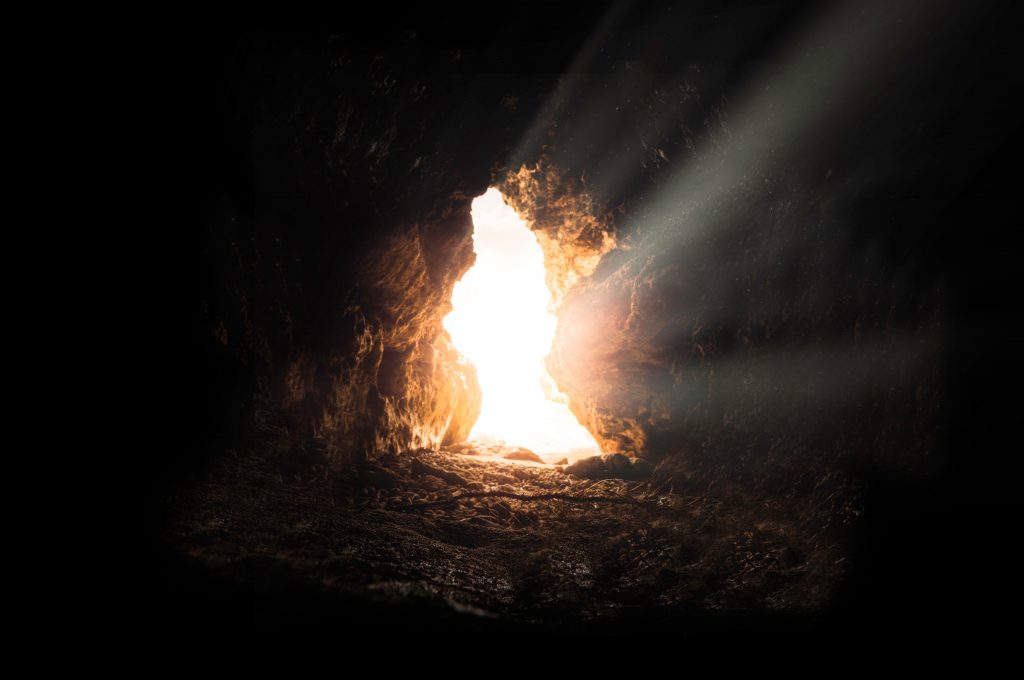
We’re looking at the eyewitness evidence for the resurrection of Christ—a claim that we recognize to be extraordinary. Last time we noted that in court, witnesses are required to be competent—that is, they have to have seen something. In this post we’ll look at the next requirement:
- Eyewitnesses must be consistent.
Not only must an eyewitness not contradict himself, but ideally there should be multiple eyewitnesses, and they must agree with one another on the key facts.
The reasons for this are obvious. Sometimes people lie, and sometimes people are mistaken about what they think they saw. Any investigator knows that if you separate the witnesses and grill them on the details, the liars can usually be exposed. There’s a great example of this in the apocryphal book Susanna, one of the so-called “Additions to Daniel.” Susanna is a pious Jewish woman accused by two lecherous priests of being caught in flagrante
delecto with a man in her husband’s garden. The priests say the two were engaged in sexual relations under a tree. As she is about to be executed, Daniel speaks up on her behalf, directing that the accusers be separated and asked a simple question—under what tree in the garden did they see the two? The accusers identify different trees, and Susanna is vindicated.
Fun with the Apocrypha.
The Scripture recognizes this problem and addresses it. The Mosaic Law required 2 or 3 witnesses to any capital charge (Num 35.30; Dt. 17.6). When giving instruction on church discipline, Jesus commanded that an accuser take with him 2 or 3 witnesses, “so that every word may be established” (Mt 18.16, quoting Dt 19.15). Paul issued the same requirement for charges against a church leader (1Ti 5.19).
The other problem with eyewitnesses is that eyewitness testimony is notoriously unreliable. People really think they saw things that they didn’t.
So for a claim like resurrection, we’re going to need a lot of eyes on the target.
What do we have?
As I’ve noted before, multiple people saw Jesus alive after his time in the tomb, and many of those people are the ones closest to him—Mary Magdalene, the 11 disciples remaining after the death of Judas Iscariot, even Jesus’ brother James. Paul makes the claim that Jesus was seen by more than 500 followers at once (1Co 15.6)—and though we have no other record of that event in Scripture or elsewhere, Paul notes that as he’s writing, about 20 years after the event, most of those eyewitnesses are still available to give testimony, though some have since died. Don’t you think that if the claim were false, the Jewish leaders would have found a way to demonstrate that? After all, they all knew the story of Susanna.
The presence of multiple eyewitnesses renders unlikely another modern attempt to explain away the resurrection: the hallucination theory—that people close to Jesus, who loved him deeply and had a desperate psychological need to deny his ignominious end, simply fell victim to their own fancies and imagined that they had seen him—and believed it, many to the extent that they would be martyrs for their misguided belief.
Why does this not make any sense? Two reasons. There are just too many simultaneous witnesses, and the nature of the appearances and the accompanying interaction with Jesus rules out any psychological explanation. Sure, sometimes people think they see the face of the Virgin Mary in a tortilla, and sometimes large groups of people think they see a brief and insubstantial phenomenon. But 11 disciples at once? In an extended conversation with the man they’d lived with for 3 years? Who is eating with them as he talks?
Sorry, but I just don’t have that kind of faith.
Next time, one more requirement of witnesses—which these witnesses unanimously meet.
Photo by Bruno van der Kraan on Unsplash

Leave a reply. Keep it clean.